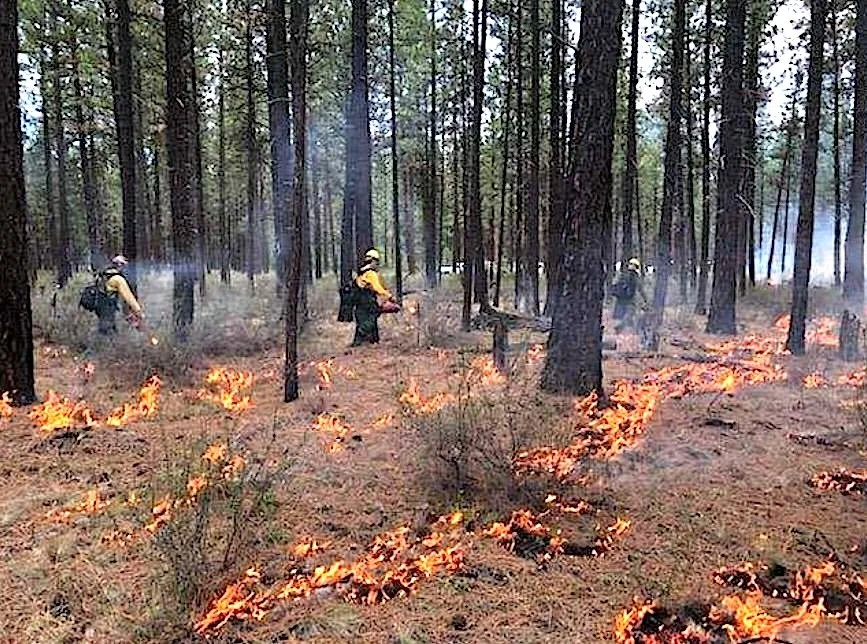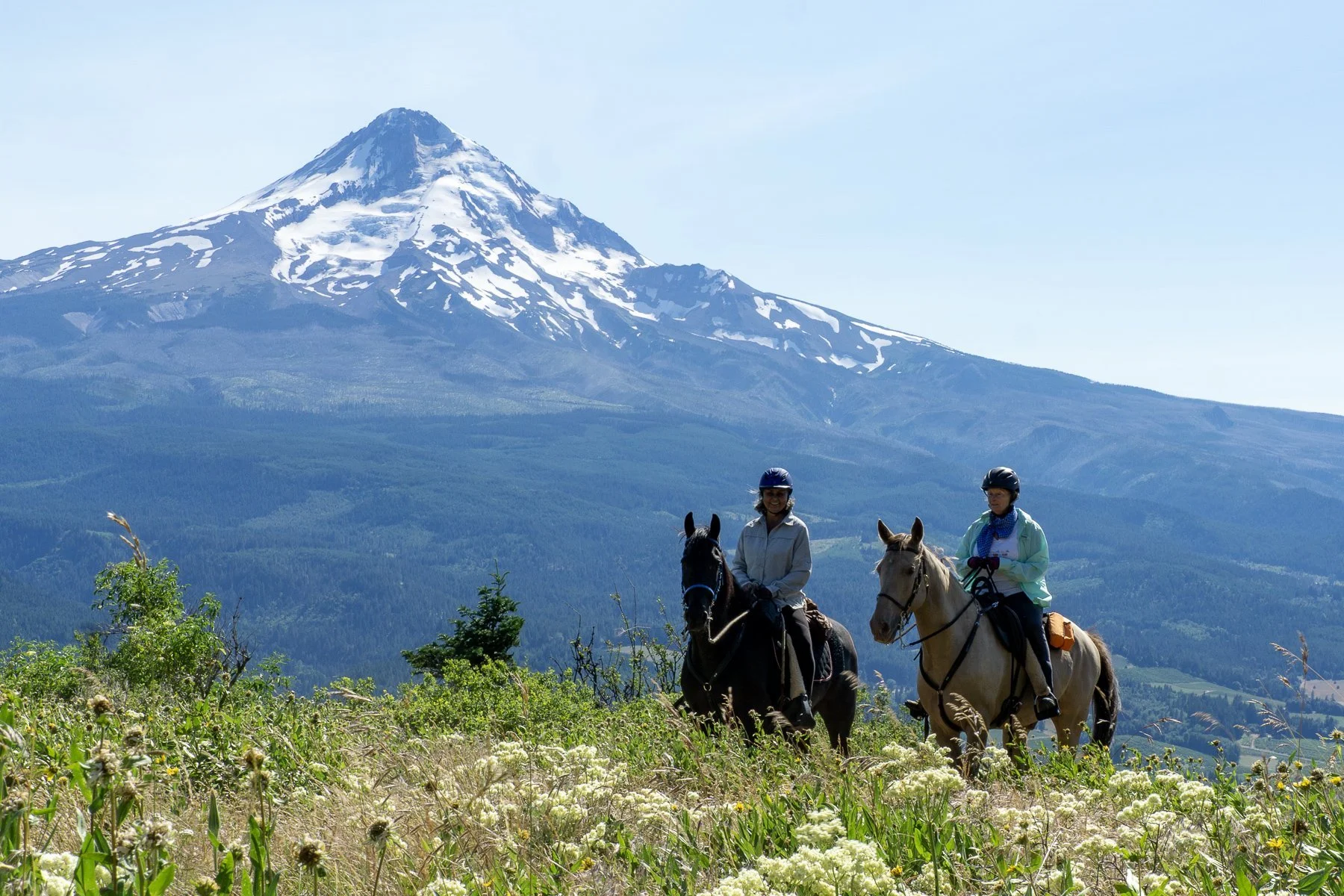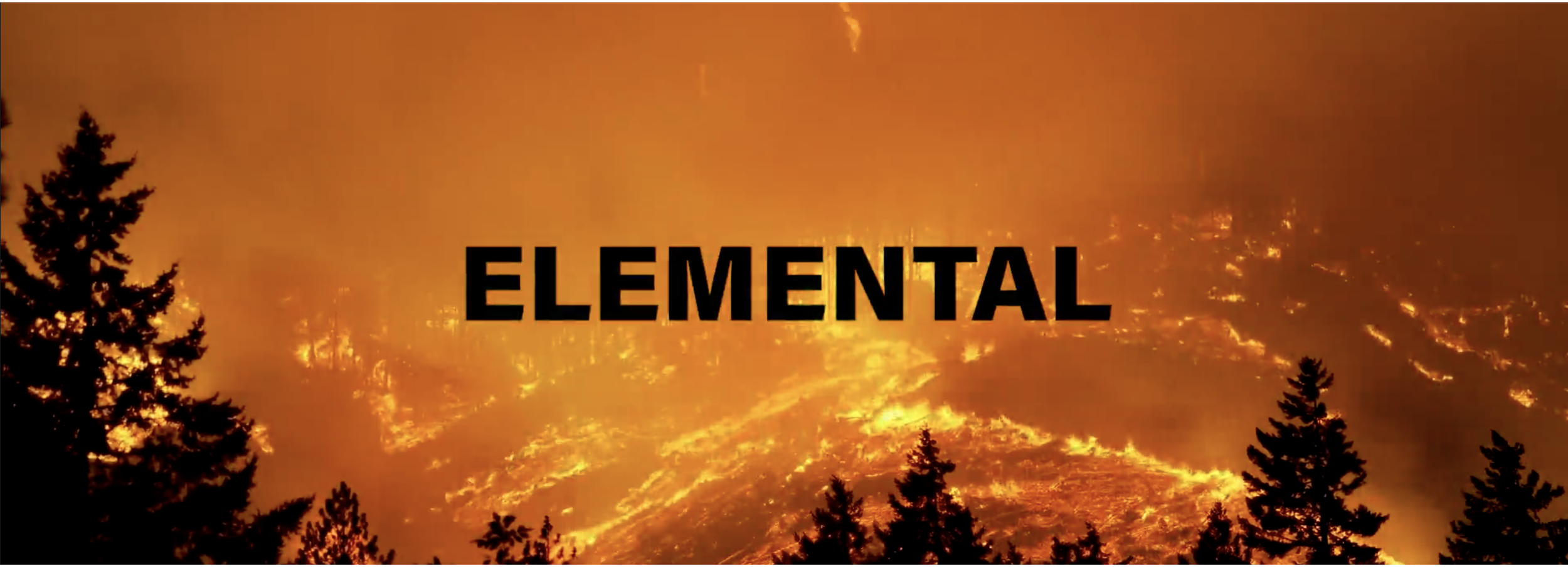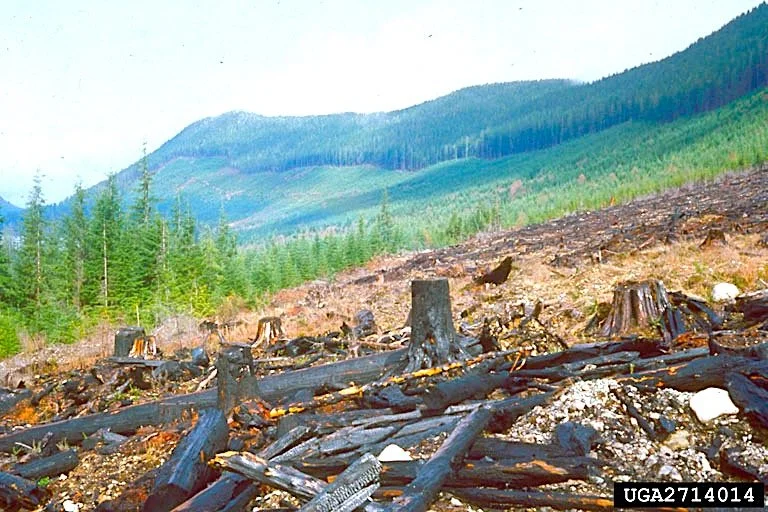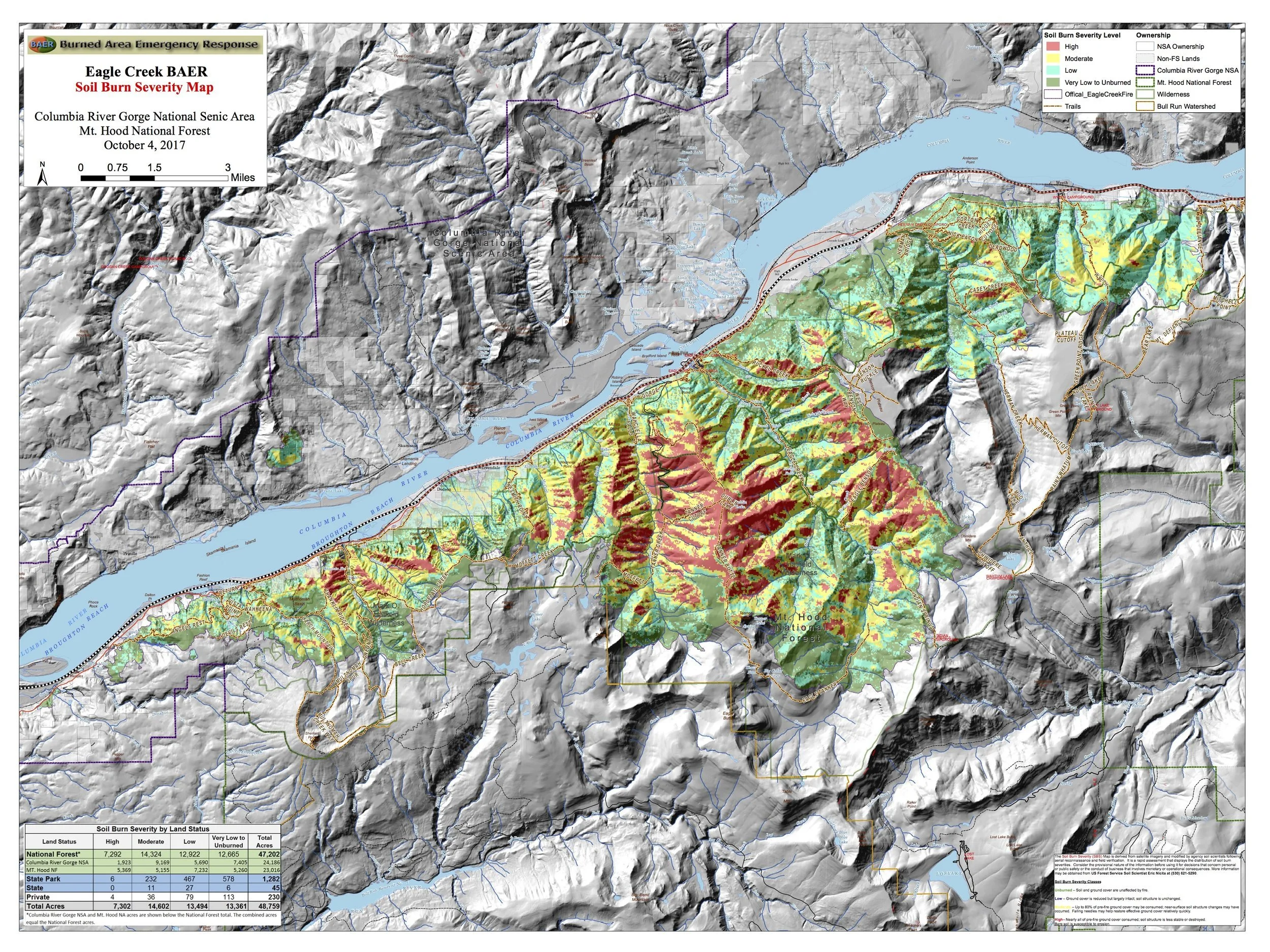Sort By Category
- 30x30
- Administration
- Antiquities Act
- Book Reviews
- Bureau of Land Management
- Climate Change
- Climate change
- Coasts
- Congress
- Counties & Federal Lands
- Courts
- Courts & Litigation
- Department of Agriculture
- Department of Interior
- Deserts
- Ecological Reserves
- Ecosystems
- Elections
- Endangered Species
- Energy
- Estuaries
- Federal Lands
- Fish
- Fish and Wildlife Service
- Forest
- Forest Fires
- Forest Service
- Forestry
- Forests
- Grasslands
- Land & Water Cons. Fund
- Land & Water Conservation Fund
- Legislation
- Litigation
- Livestock Grazing
- Marine Protected Areas
- Marine Sanctuaries
- Mature & Old-Growth Forests
- Mature and Old-Growth Foresrts
- Mining
- Nat'l Conservation Lands
- National Forest System
- National Marine Sanctuaries
- National Monuments
- National Monuments Act
- National Park Service
- National Park System
- National Parks
- National Recreation Area
- National Scenic Area
Sort By Tag
- 1002 area
- 30x30
- 5th Amendment
- ANWR
- Acadia National Park
- Adam Smith
- Administrative Procedure Act
- Advancing Conservation and Education Act
- Alan Bates
- Alan Deboer
- Alaska
- Alaska National Interest Lands Act
- Alaska Native Claims Settlement Act
- Aldo Leopold
- American Forest Resource Council
- American Prairie Reserve
- American Tree Farm System
- American beef supply
- American black duck
- American woodcock
- Ammon Bundy
- Ancient Forest National Park
- Anders Eskil Carlson
- Andrea Salinas
- Andrew N. Gray
- Andy Kerr
- Animal unit month
- Ansel Adams
- Antiquities Act
- Applegate Primitive Backcountry Area
- Aqua Fria National Monument
- Aquatic Conservation Strategy
- Aquatic Conservation and Riparian Strategy
- Arches National Monument
- Arches National Park
- Arctic National Wildlife Refuge
- Areas of Critical Environmental Concern
- Army Corps of Engineers
- Association of O&C Counties
- Astoria Canyon
- Astoria Fan
- Atlantic Coast
- Augusta Canal NHA
- Avarna Group
- Avi Kaw Ame
- BLM Conservation Rule
- BLM Zone 3 Lands
- BOEM Oregon Planning Area
- Baboquivari Peak Wilderness
- Baker County
The Death of the Forest Service Is Overdue
President Trump’s evisceration of the Forest Service should not upset enviros, as the agency deserves it, albeit for reasons other than Trump’s.
Rethinking Commercial Thinning as a “Tool” to Ecologically Restore Frequent-Fire Forest Types (Part 2): Burn, Baby, Burn
A new scientific review of many scientific papers suggests it is not necessary to thin before reintroducing fire into fire-dependent forests. Part 2 examines the new science and its implications for policy.
Preforests in the American West, Part 2: “Reforestation,” By Gawd?
This is the second of a two-post exploration of the stage of forest succession that occurs after a stand-replacing event and before the canopy again closes and dominates the site. Part 1 discussed why preforests are valuable, if undervalued. Part 2 addresses management of preforests to preserve their ecological value.
Oregon State Forests: Public Forests, Not County ATMs
It turns out that state forests are not held in trust for the financial benefit of certain timber-addicted counties.
Blumenauer’s REC Act of 2022: A Wreck for Conservation
Blumenauer’s bill would open up Mount Hood National Forest to new logging loopholes.
The Futility of “Fighting” Wildfire: Elemental—A Film Review
“It’s a home ignition problem, not a wildfire control problem.” —Jack Cohen, USDA Forest Service fire scientist
Biden’s Executive Order on Forests, Part 1: A Great Opportunity
This is the first of two Public Lands Blog posts on the president’s executive order (EO) on forests, which, among other things, unambiguously directs the federal forest agencies to conserve the remaining mature and old-growth forests. Part 1 dissects the order. Part 2 will place it in the current political context and make recommendations to various key interests on how best to ensure that the potential of the EO is fulfilled.
46, the 117th, and the New Math: 50 + 1 > 50
Upon the election last November of Joseph Robinette Biden, Jr., as the 46th president of the United States, I felt an overwhelming sense of relief for the environment, the body politic, and the republic. Goodbye, Senate Majority Leader Mitch McConnell (R-KY)
Speaking Truth to the Fire-Industrial Complex
Total suppression was neverpossible. Large wildfires have always ended either because they ran out of fuel or, most often, because the weather changed. (How many times have I read a newspaper quote from a fire boss or the fire’s public relations flack to the effect: “We had the fire under control, but then the weather changed.”
Book Review: Moving Forestry from Agronomic Toward Ecological
The authors of Ecological Forest Managementhave thrown down the gauntlet. The battle between traditional production forestry (PF) and ecological forest management (EFM) for the hearts and minds of forestry students everywhere, for the profession of forestry itself, and for the acceptance of the public has been joined.
More Moral Hazard Than Fire Hazard: The Responsibility of Homeowners in the WUI
Soon after a wildfire, forests undergo a remarkable transformation. Large dead and remaining live trees, native plants, and seed sources act as “biological legacies” that “lifeboat” a forest from new growth to old growth over a period of decades to centuries. Biological legacies provide habitat for scores of pollinators, songbirds and woodpeckers, small mammals, and big game species that readily populate burn areas, including many species that thrive in them.
The Columbia River Gorge Is Dead; Long Live the Columbia River Gorge—Unless Greg Walden Has His Way
Part 2: Simply an Excuse and a Mandate to Clear-Cut
In 1986, Congress enacted the Columbia River Gorge National Scenic Area Act to, among other things, “establish a national scenic area to protect and provide for the enhancement of the scenic, cultural, recreational, and natural resources of the Columbia River Gorge.” In 2017, Representative Greg Walden (R-2nd-OR) proposes to throw it out the window.

